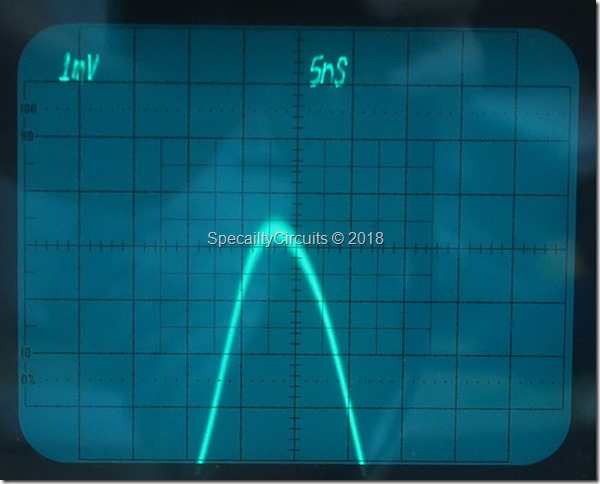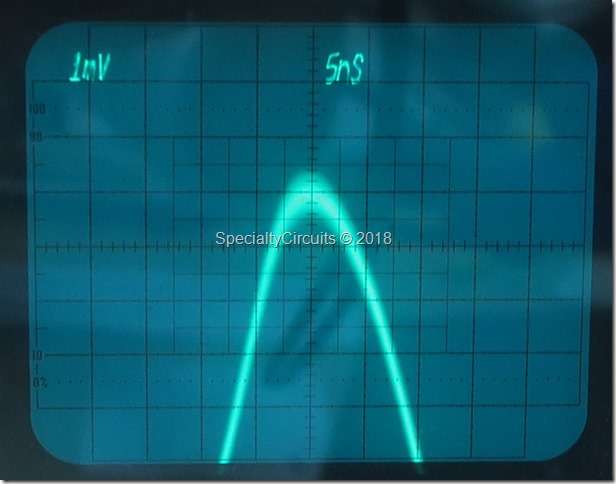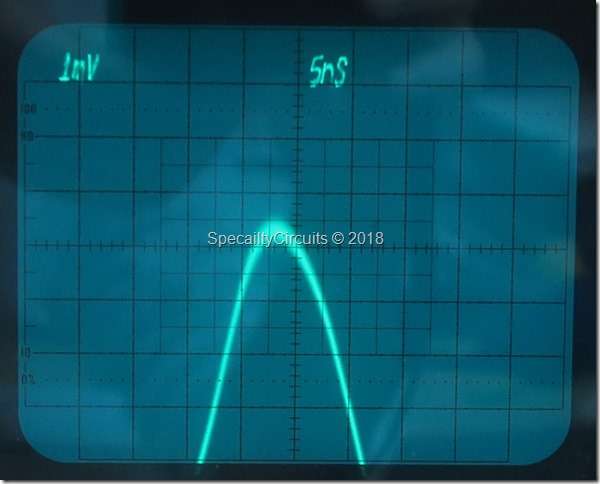Something about analog oscilloscope

Jim Williams once wrote quite some about the benefits of analog oscilloscope. Considering digital oscilloscope also evolved quite a bit since he passed away more 10 years ago, some of the claim may not be true anymore. Nevertheless, here are a few cases, analog scopes show their benefits.
1. Difference of 1.000MHz vs 1.001MHz generated by 40MSPS DAC.
The below two screenshots showed some clear distinction between the two signals, which would be quite hard to acquire from modern digital oscilloscopes.
The left one shows the peak of a 8Vpp 1.0001 MHz sine wave, the right one shows a 8Vpp 1.0000MHz sine wave. (Note the vertical grid is 1mV, while the signal is 8Vpp) The clock of my arbitrary function generator run at 40 MHz. For the right one, a single cycle of sine wave is exactly 40 samples, while the left one is not, so some mathematical tricks was used to generate it at 40 MSPS. The two screenshots clearly shows the difference. The 1.0001 MHz signal has higher variation of peak height. This is typically not an issue at all for most things electronics engineers care about, but can introduce subtle artifact to scientific instrumentation.
Note: There were certain level of overdrive recovery issue from the 7A13 amplifier used to measure these curves. That is the cause of the asymmetrical display of the peak.
To be continued.


